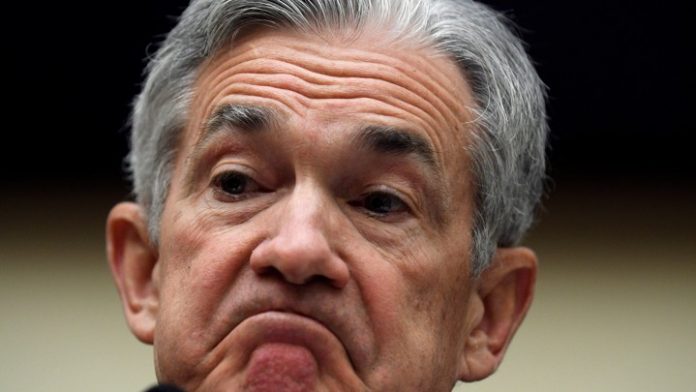Rates up. Tech down.
That was the theme yesterday afternoon after the December FOMC meeting minutes were released. Within the minutes, investors learned that the Fed plans on reducing its balance sheet after it finishes tapering asset purchases in March.
This was a major hawkish surprise, as the market had only really accounted for a series of rate hikes, not a balance sheet reduction as well. That doesn’t necessarily mean we’ll get both, however. The Fed may use balance sheet reductions as a method of steepening the yield curve instead of raising the federal funds rate.
Nonetheless, fearful tech bulls instantly became bears after the meeting minutes were disclosed. The tech-heavy Nasdaq Composite plunged a stunning 3.2% in a matter of hours.
“Investors are trying to wrap their heads around what different leadership looks like: we’ve all been conditioned that tech is the winner all day every day and that is just not going to be the case this year,” explained Liz Young, SoFi’s head of investment strategy.
“Finishing out 2021, there were still a lot of investors who were overweight tech. This is a chance to really make sure that your portfolio is set up to not be overly exposed to headwinds.”
There’s perhaps no better bearish wake-up call than a “flash crash,” which is exactly what the top tech stocks endured yesterday. Fintech shares and even crypto-related stocks were hurt, too. Coinbase (NASDAQ: COIN) dropped 3% alongside Michael Saylor’s MicroStrategy (NASDAQ: MSTR), the latter of which has been snapping-up large quantities of Bitcoin for more than a year.
Rate-sensitive stocks, on the other hand, did quite well. Banks gained across the board, with Citi (NYSE: C) leading the way (+2%). Energy stocks also enjoyed a surge in crude oil prices.
But other than that, it was a very rough day for bulls, many of whom are now entering uncharted territory.
“There are a lot of newer investors in the market that have never seen a rate hike cycle,” Young continued, adding to her earlier remarks.
“It’s not a death sentence for the market, it’s not a death sentence for tech overall. Historically, the first rate hike – which is what I think everybody got scared of yesterday – is not that detrimental to equities either.”
And though Young’s commentary likely provided clarity to some traders, her viewpoint on the coming rate hike is certainly up for debate. The results were disastrous for stocks the last time Fed Chairman Jerome Powell tried to hike rates.
The major indexes plunged in late 2018, almost matching 2020’s Covid crash in terms of magnitude and velocity. Many analysts – myself included – claimed that it was proof of the old saying about overly dovish monetary policy and quantitative easing (QE):
QE is like a roach motel. Once your economy “checks in,” it can never “check out.”
After raising rates, Powell backpedaled several months later, lowering them once more. Stocks ripped higher in response.
And that was back when the US economy was looking quite strong. These days, inflation remains sky-high and lingering supply chain problems have yet to be resolved. It also looks like the US has reached peak employment at an unemployment rate of 4.0%+. Skeptical economists believe a recession will be here from mid-2022 to 2023.
Will the market be able to absorb a rate hike amid such unfavorable conditions? Probably not. Bulls also need to consider that share valuations have been pumped up by an unprecedented level of QE that dwarfs 2018’s dovishness.
So, even though analysts were right this morning in saying that it’s not time for investors to panic, the truth is that the coming rate hikes are absolutely worth worrying about. That’s why it’s so important to be an active trader and not a passive buy-and-hold investor.
Because when (or if) the Fed finally “drops the hammer,” the market’s nimbler participants will be exiting with great speed, only hastening the resulting downturn.








